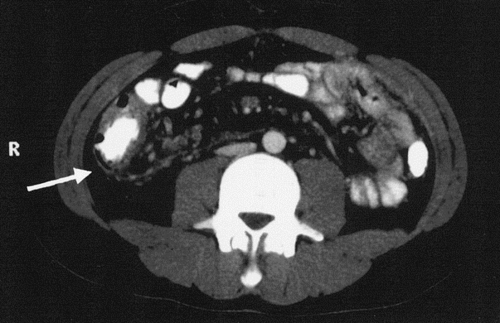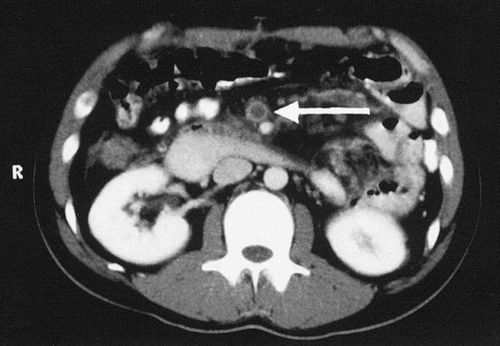During the past several years, it has finally begun to dawn on us that radiation is not very good for us. This is especially true in pediatric patients, where they may not feel the full effect of over-irradiation for years to come. We’ve made efforts to decrease or eliminate studies when possible. We’ve adopted the principles of ALARA (doses as low as reasonably achievable).
But there are some areas of the body that demand evaluation using CT after blunt trauma. The head is one, since MRI is not as immediately available, studies take a long time, and they may demand sedation to the point of intubation in smaller children.
Unfortunately, we have found another way to increase radiation exposure when using head CT. The repeat scan. The concern is that pathology noted on the first scan may worsen, indicating that a more specific (and usually invasive) intervention is needed.
A study was presented at the AAST this year examining the use of specific clinical criteria to determine whether a repeat head CT was necessary after blunt head trauma in children. Here are the factoids:
- This was a retrospective cohort review of a pool of 435 patients admitted to a pediatric trauma center over 8 years (!) with accidental TBI
- Only 120 were eligible (!), with both some type of intracranial hemorrhage and a GCS of 14-15
- Fourteen patients did not receive repeat head CT; the remaining 106 did
- Pediatric age was not defined in the abstract, but repeat CT kids were older than no repeat kids (8 years vs 3 years)
- None of the children not receiving a repeat scan had worsening symptoms
- Seven children with repeat CT worsened; 5 had an epidural and 2 had subarachnoid hemorrhage. One of the epidurals showed an increase in mental status
Bottom line: Another poorly constructed study. Although it agrees with my bias toward using physical exam in place of repeat CT in select adult head trauma, I just can’t add this study to my personal library. There is a small but growing body of literature about this in adults, but this pediatric one is nowhere good enough to alter my practice. Too few patients, retrospective (we don’t know why they chose to scan or not scan), and major age variances are only a few of the problems. And the fact that one child with a repeat scan and no change in exam showed an increasing epidural that needed operative intervention is frightening.
Let’s keep looking for ways to decrease radiation exposure. But first, let’s craft some really good, prospective studies so we can be sure we’re not jeopardizing the well-being of our children.
Related posts:
Reference: Is routine repeat brain CT necessary in all children with mild traumatic brain injury? AAST 2013, paper 56.


